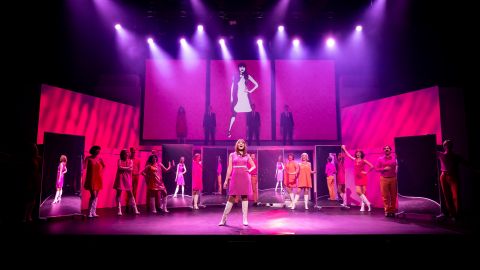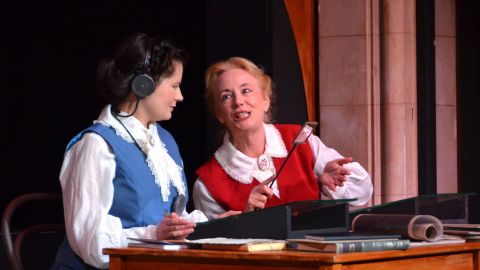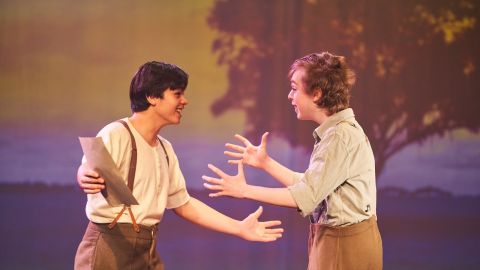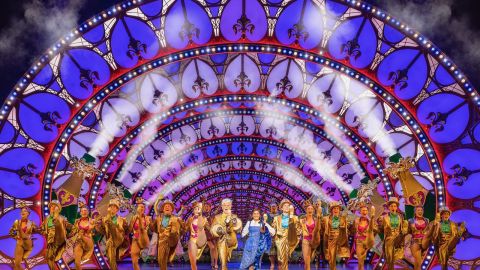A Digital Ring
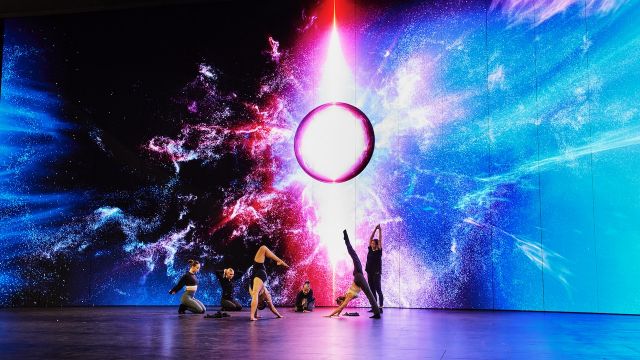
Wagner’s Ring Cycle is considered the pinnacle of opera – an epic tale of gods, dwarves, dragons, heroes and a magic ring. For its 2023 production in Brisbane, Opera Australia is replacing traditional sets with seven-metre-high suspended LED screens. The LED screen which will glide around the stage and be part of the choreography. David Spicer interviewed Digital Designer Leigh Sachwitz.
David Spicer: Can you describe what is happening in these scenes and how you realised them digitally?
Leigh Sachwitz: These are all very dynamic scenes where moments of struggle between groups are taking place. The video design in these scenes is about creating movement and progression through time. The first images, for example, are from Götterdämmerung, which represents the season of winter, where this icy setting will slowly crumble.

DS: How is this aligned with the Director’s overall vision for this production?
LS: The director’s vision is to generate abstract thoughts and strong emotions from within; that’s why the digital design is rather abstract and can be seen in many different ways. It´s beautiful to leave some imagination for the audience to feel their very individual feelings connected to this amazing music.
DS: How many screens are there in this opera?
LS: There are 23 screens.
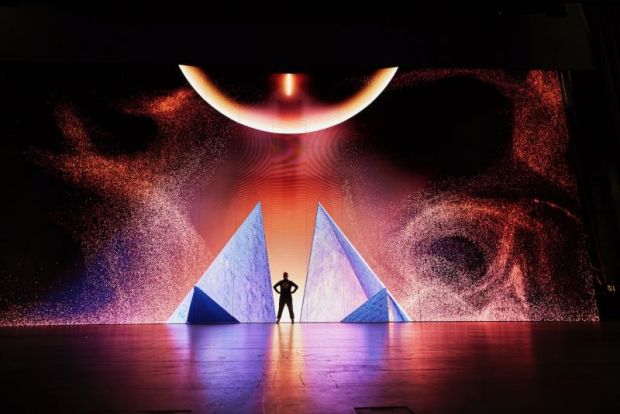
DS: What are the advantages of video over hard sets in a grandiose production such as The Ring Cycle?
LS: Well, the first advantage and the main one for me is you can create a more diverse range of images. The video creation is very time consuming, as is a hard set, but we are able to move more with the music and create a visual impact which is very connected to the Wagner story. The idea for the digital set is that we can create many different arrangements with it, and this makes us more flexible. It´s also easier to tour or to change and scale than a hard set.
DS: I understand you have even made some costumes part of the digital effects.
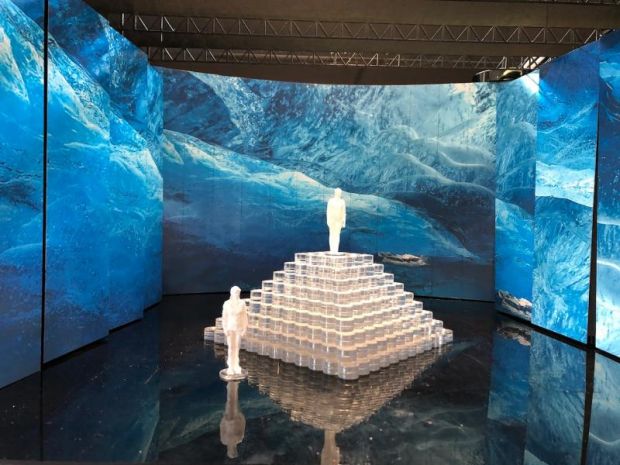
LS: Correct, we created some effects together which are only visible when certain light or video effects happen. Or some of the fabric patterns chosen, like for The Gods, are also recreated in the digital design. It’s fun to be able to collaborate with all departments and help connect the designs.
DS: How do you integrate digital design into a production without having it become a distraction?
LS: With a deep understanding of the audience, of the music and of the moment; it´s important to know where to include movement and where to just sit with it. That’s the talent that a great visual designer has to have.

DS: Are physical sets on the way out?
LS: Yes, we have reached an age where the departments are fusing on a more technological level. Whatever medium we use we have to start from storytelling and human emotions but, in the end, the opportunities that we have through the sophistication of tech are amazing. If you understand where you are rooted as a designer and know that the audience doesn’t care about what’s behind the scenes but wants to be moved by what they see, then the digital opportunity is huge. I really believe that we can keep opera alive by working in the intersection between classical and modern.
DS What musical or opera would you really like to work on digitally?
LS: I am doing the one that I always wanted to create, and the vision is to create emotionally beautiful and impactful moments where all other departments fuse together in a timeless wonder of magic. I would also like to create an installation for Madama Butterfly, as I love some of the music.
Photos: Keith Saunders and Opera Australia.


